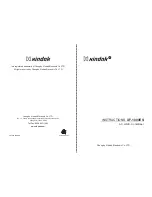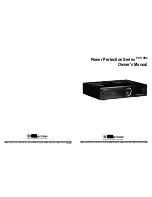
Control During Operation
222
7SS52 V4 Manual
C53000-G1176-C182-3
Figure 6-11 Reading out fault data
in
DIGSI
−
Example
Double-click an entry in the list view in the right section of the window. The window
for selecting the oscillographic records opens. The list view gives an overview of all
available bay units. They are displayed with the number and the name you have as-
signed them in DIGSI Manager. The column indicating the status shows whether
and how the corresponding bay unit is involved in the fault event.
.
Figure 6-12 Selection of oscillographic records in DIGSI
−
Example
Note
When you retrieve the fault data
centralized
via DIGSI, the following fault records will
not
appear in the list view:
•
If a local fault record is triggered via the backup protection of a bay unit or by the
trip of an external breaker failure protection in a bay unit, it will depend on the setting
of the parameter
) where additional fault records are
created in the system (Chapter 5.6.2, page 161). A system event buffer is always
created regardless of this fact. Fault records, which are not transmitted to the cen-
tral unit, must be retrieved from the bay unit by means of DIGSI.
•
Fault records of a bay unit running in stand-alone mode are not transmitted to the
central unit and must be retrieved from the bay unit by means of DIGSI. For each
system event these fault records are numbered starting from 900 upwards.
www
. ElectricalPartManuals
. com
















































